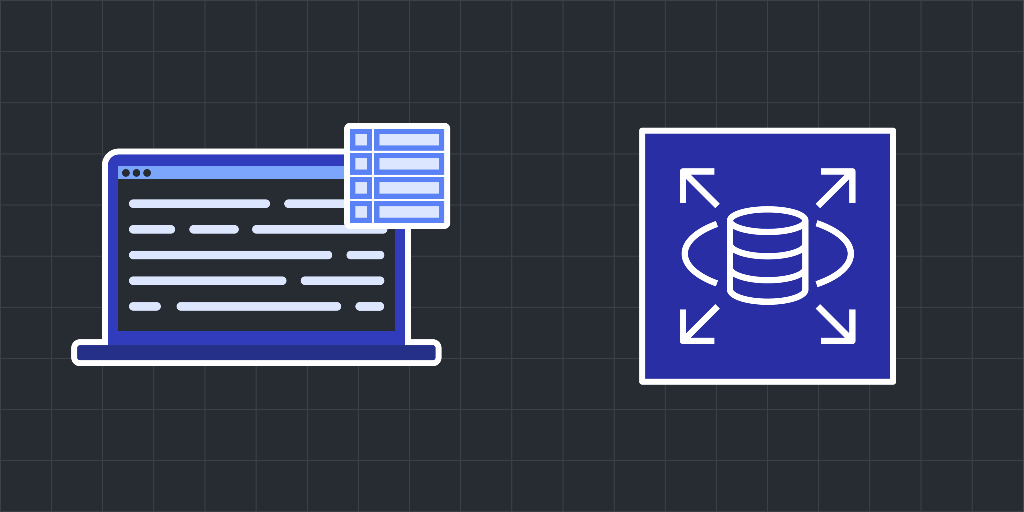

CLOUD LABS
Working with Relational Databases: A Beginner's Guide to AWS RDS
In this Cloud Lab, we'll learn to create, access, and optimize Amazon RDS instances using the AWS console.
beginner
Certificate of Completion
Learning Objectives


Amazon Relational Database Service is an AWS service that allows you to set up and operate relational databases in the AWS cloud. It manages most of the administration tasks related to the database. With RDS, users can focus on their applications and data without worrying about these routine tasks. This Cloud Lab aims to equip you with the necessary skills to use the Amazon RDS using the AWS Console.
You'll start by creating a VPC (virtual private cloud) where other components will be hosted. After creating the VPC, you'll create an EC2 instance that will be used to connect to the database instance. After creating these components, you'll begin working with RDS. You'll start by creating an RDS instance. You'll then connect with that instance using the EC2 created earlier. In the end, you'll make your DB instance highly available and optimal by deploying it in multiple availability zones and creating its read replicas.
By the end of this Cloud Lab, you'll have a good understanding of the basic concepts and practical skills required to get started with Amazon RDS and will be able to use the AWS Console to manage the Amazon RDS resources.

Trusted by 1.4 million developers working at companies including
Your method is simple, straight to the point and I can practice with it everywhere, even from my phone, that's something I have never had in other learning platforms.

I highly recommend Educative. The courses are well organized and easy to understand.

I prefer Educative courses because they have a nice mix of text & images. I find that with full video courses, it can often be too easy to go into passive learning mode.

I prefer Educative courses because they have a nice mix of text & images. I find that with full video courses, it can often be too easy to go into passive learning mode.

Your method is simple, straight to the point and I can practice with it everywhere, even from my phone, that's something I have never had in other learning platforms.

I highly recommend Educative. The courses are well organized and easy to understand.

I prefer Educative courses because they have a nice mix of text & images. I find that with full video courses, it can often be too easy to go into passive learning mode.

Get access to Educative Cloud Labs